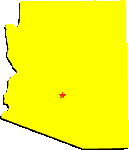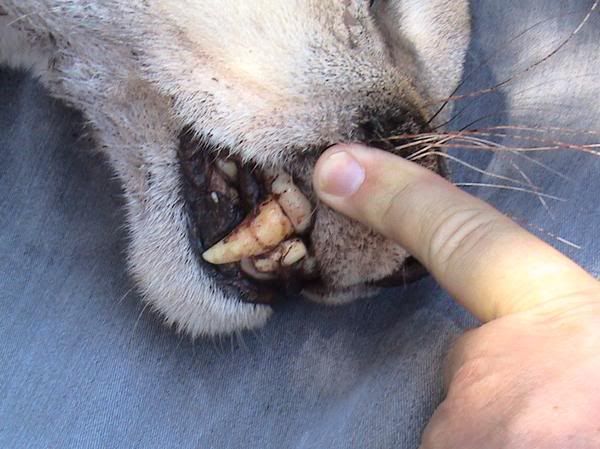
This is not the first time the Utah DWR has peddled a rosy forecast, in spite of a dismal buck population, but what the heck, get out there and check for yourself. But, expect the increase, if there is any, to be in yearlings only – if that is what you are after.
————————————-
The weather was nearly ideal for mule deer this past winter and spring. And that means archers heading afield for Utah’s general archery buck deer hunt could see more deer in many parts of the state.
The state’s general archery buck deer hunt begins Aug. 15. The archery deer hunt and the state’s general archery elk hunt are the first hunts in Utah this fall.
“These past eight months have been ideal for mule deer,” says Anis Aoude, big game coordinator for the Division of Wildlife Resources.
“Last winter was really mild—the snow stayed up high, and the valleys and the winter ranges were warm,” Aoude says. “Fewer deer probably died this past winter than would have died during a normal winter.”
Aoude says the mild winter was followed by a long, wet spring. “The state received plenty of rain clear into June,” he says. “The rain provided a lot of good, nutritious vegetation for the does. And that helped the does provide plenty of milk for the fawns they gave birth to earlier this summer.”
Aoude says the nutritious vegetation will also help bucks grow bigger antlers. “When deer have vegetation to eat like the vegetation they have now, even two- to three-year-old bucks can grow some nice antlers.”
The Northern Region is the region where hunters could notice the biggest difference in the number of deer they see.A harsh winter in 2008 killed many of the fawns that were born in 2007. As a result, many hunters in the region noticed a big drop in the number of one-year-old bucks they saw last fall.
“The herds in the Northern Region still have a long way to go, but thanks to the mild winter we had this year, hunters should see a few more deer this fall. And many of those deer will be yearling bucks,” Aoude says.







